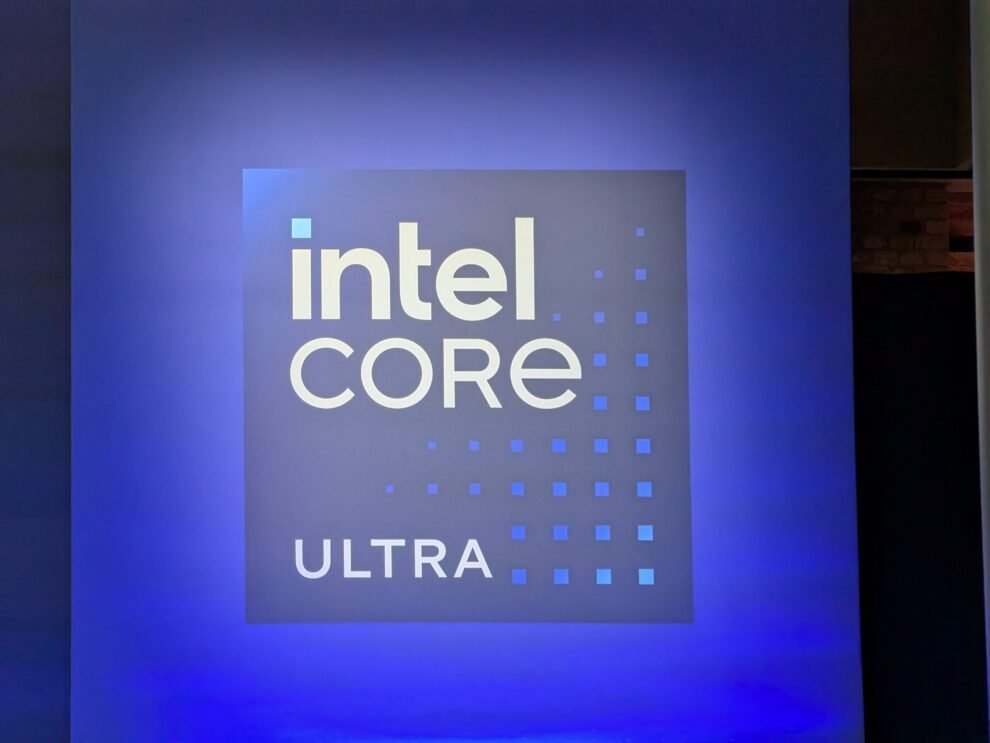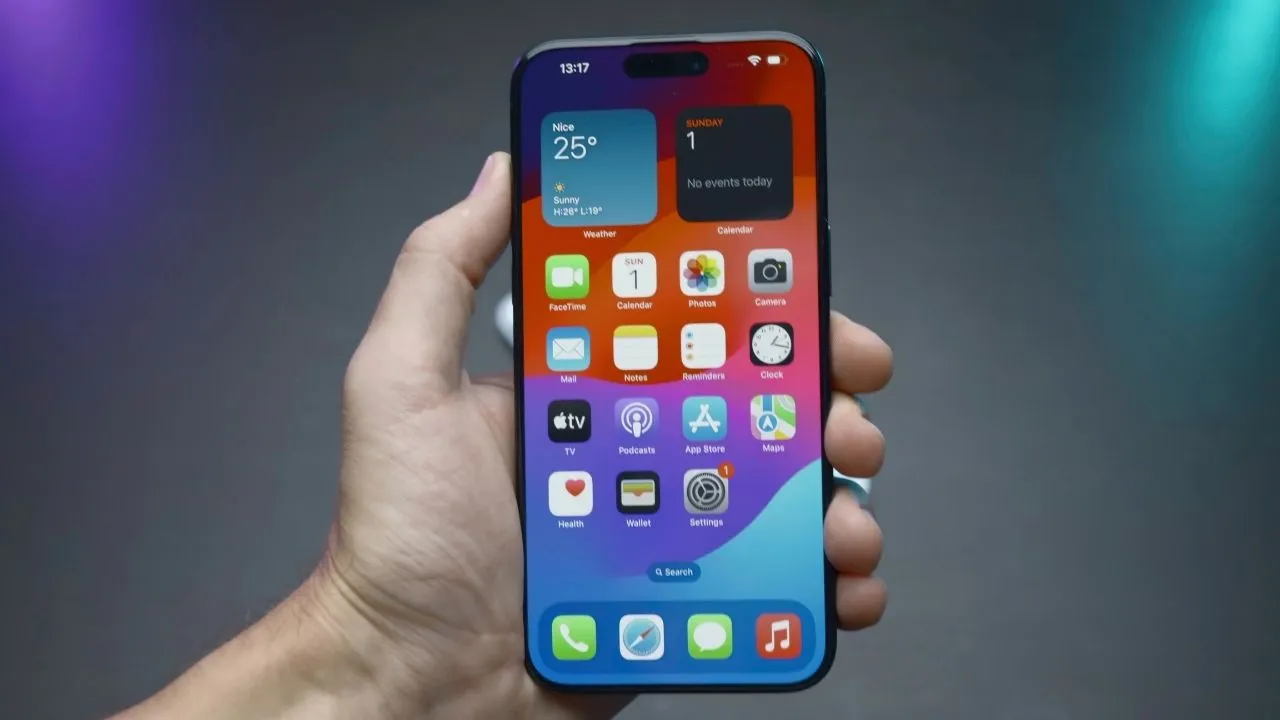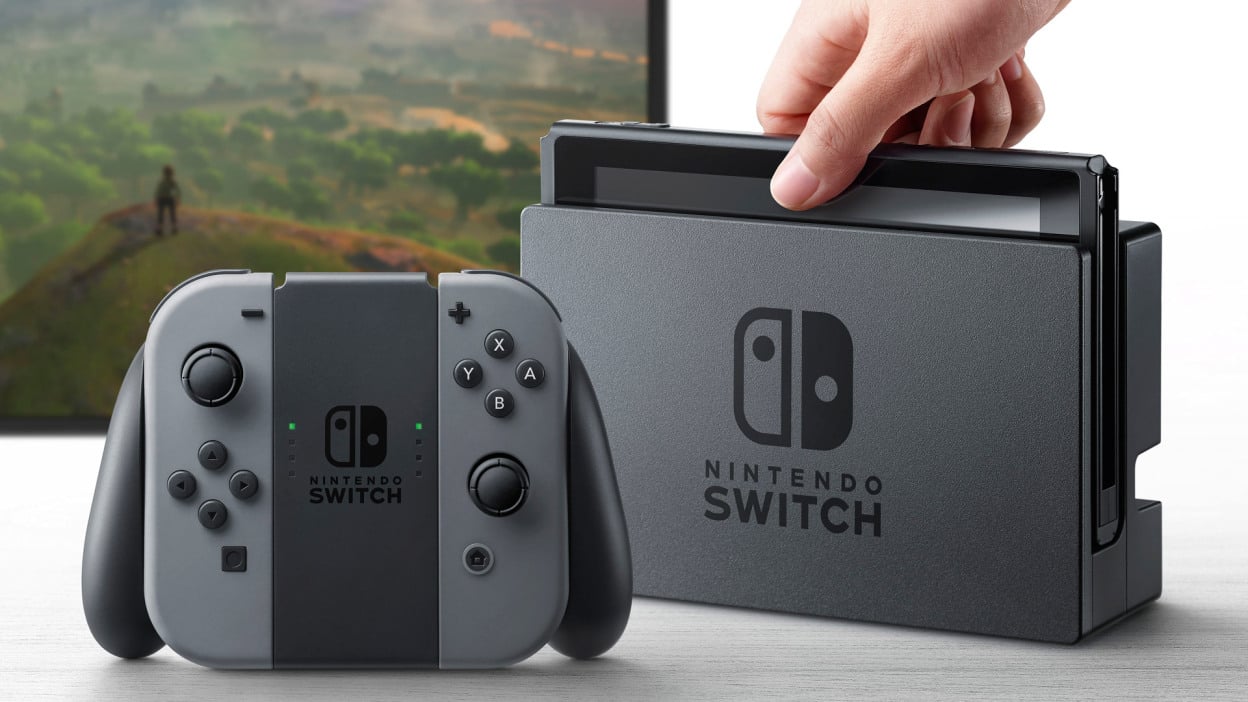In the high-stakes world of mobile processors, a battle royale is brewing. Intel, once the unchallenged titan of the chip industry, has found itself facing stiff competition from Qualcomm and AMD. In a bold move to reclaim its dominance, Intel has unveiled its second-generation Core Ultra mobile chips, signaling a strategic offensive against its rivals.
The launch of Intel’s second-generation Core Ultra chips represents a pivotal moment in the ongoing struggle for supremacy in the mobile processor market. With Qualcomm’s Snapdragon series and AMD’s Ryzen chips gaining traction, Intel is under pressure to deliver a compelling product that can recapture the hearts and minds of consumers and manufacturers alike.
The Rise of the Challengers: Qualcomm & AMD
Intel’s predicament is rooted in the changing landscape of the computing industry. The rise of mobile devices has shifted the focus from traditional desktop and laptop PCs to smartphones, tablets, and other portable gadgets. Qualcomm, with its Snapdragon processors, has established a strong foothold in this market, powering many of the world’s most popular Android smartphones. AMD, traditionally known for its desktop and laptop CPUs, has also entered the fray with its Ryzen mobile chips, offering performance and efficiency that rival Intel’s offerings.
Intel’s Response: Second-Gen Core Ultra Chips
Intel’s new Core Ultra chips are a direct response to the challenges posed by Qualcomm and AMD. The second-generation chips boast significant improvements in performance, efficiency, and graphics capabilities, making them a formidable contender in the mobile processor arena. The chips are built on Intel’s 18A process node, which promises improved power efficiency and performance compared to previous generations.
Key Features of Intel’s Second-Gen Core Ultra Chips:
- Improved Performance: The new chips deliver up to 15% faster single-threaded performance and up to 30% faster multi-threaded performance compared to their predecessors.
- Enhanced Efficiency: The chips are up to 30% more power-efficient, enabling longer battery life in mobile devices.
- Upgraded Graphics: The integrated graphics capabilities have been significantly improved, delivering up to twice the performance of previous generations.
- AI Acceleration: The chips include dedicated hardware for AI acceleration, enabling faster and more efficient machine learning tasks.
The Battle for Market Share
The launch of Intel’s second-gen Core Ultra chips sets the stage for an intense battle for market share in the mobile processor industry. Qualcomm, with its established presence in the smartphone market, will be a tough competitor. AMD, with its growing portfolio of Ryzen mobile chips, also poses a significant threat. Intel’s success will depend on its ability to convince manufacturers to adopt its new chips in their devices.
The Impact on Consumers
The competition between Intel, Qualcomm, and AMD is good news for consumers. The constant innovation and push for better performance and efficiency will result in more powerful and longer-lasting mobile devices. As these companies strive to outdo each other, consumers will reap the benefits in the form of faster smartphones, tablets, and laptops.
Looking Ahead
The battle for dominance in the mobile processor market is far from over. Intel, Qualcomm, and AMD are all investing heavily in research and development, and we can expect to see even more powerful and efficient chips in the years to come. As a consumer, I am eager to see what the future holds and how these companies will continue to push the boundaries of mobile computing.
Intel’s launch of second-gen Core Ultra mobile chips marks a significant turning point in its fight against Qualcomm and AMD. The new chips represent a major step forward in performance, efficiency, and graphics capabilities, setting the stage for a fierce battle for market share. As these companies compete to outdo each other, consumers will benefit from more powerful and longer-lasting mobile devices. The future of mobile computing is bright, and I am excited to see what innovations lie ahead.









Add Comment